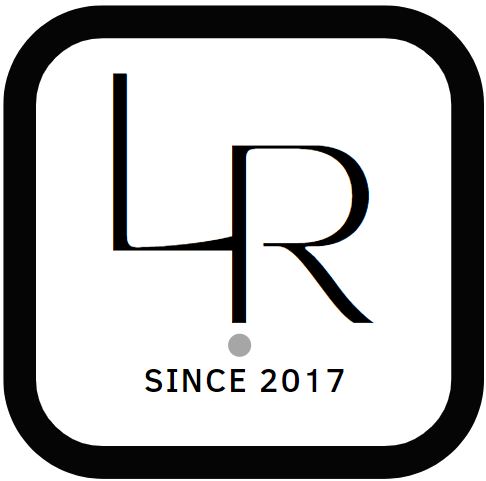“This is not to say only that things exist in relation to one another, but that what we call “things” are no more than glimpses of a unified process. Certainly, this process has distinct features which catch our attention, but we must remember that distinction is not separation. Sharp and clear as the crest of the wave may be, it necessarily “goes with” the smooth and less featured curve of the trough. So also the bright points of the stars “gowith” (if I may now coin a word) the dark background of space.” 1
Alan Watts, 1915
Alan Watts, in 1915, eloquently conveyed that our perception of the world as a collection of separate things is an illusion. He emphasized that what we call “things” are merely glimpses of a unified process, and the distinct features of this process should not be mistaken for separation. To illustrate, he likened the clear crest of a wave, which catches our attention, to the smooth curve of the trough, emphasizing their inseparable nature. Watts coined the term “gowith” to express this inherent connection, drawing parallels with the bright points of stars against the dark background of space.
Despite our ingrained belief in the separation of every form in nature, Watts challenges the truth of this perception. He argues that our world is not composed of separate bits but is a unified whole, and our misconception stems from a figure/ground relationship framework. According to the Gestalt Theory of Perception, our attention is naturally drawn to moving shapes against stationary backgrounds or enclosed features against simpler, featureless backgrounds. 2

Consider a simple circle drawn on a board. While most identify it as a circle, ball, or ring, few perceive it as “a wall with a hole in it.” This tendency reveals our perceptual bias, overlooking that all features share boundaries with their surroundings, and the outline of the figure is also the inline of the background.
Eckhart Tolle’s wisdom comes to mind: everyone notices things in space but who pays attention to space itself? 3 Emptiness, or space, is essential for perception, akin to silence enabling sound. Each aspect is inseparable, yet our bias makes it challenging to notice the background’s presence and action. Features or movements cannot be ascribed solely to the outside or the inside; both move together. What catches our attention is a distinction that goes hand-in-hand with the background. 4
In essence, the separation we perceive in the world is a distinction of features or movements arising from the background, which surrounds and goes together with each distinction. This background, referred to as the Unmanifested or the Source, is the unseen unity underlying our perceived separation.
To conclude, there is no real separation, only the illusion created by our perceptual bias within the figure/ground framework.
Jay
Note:
1.
Alan Watts, The Book: On the Taboo Against Knowing Who You Are, 1915
Random House Vintage Books Edition, 1988
p87-89, Chapter 4. The World Is Your Body
2. 4.
Alan Watts, The Book: On the Taboo Against Knowing Who You Are, 1915
Random House Vintage Books Edition, 1988
p90-91, Chapter 4. The World Is Your Body
3.
Related Essays by Leading by Reading

